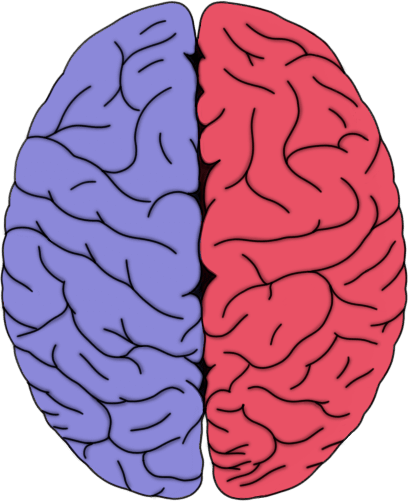Writing in the journal Neuron, Dr. from the company Cortical Labs. Brett Kagan claimed to have made the first “feel-able” brain grown in a laboratory container. Other experts find the study “exciting”, but think that saying that brain cells can “feel” is going a little too far. Opposing views, Dr. Kagan explained that they could not find a better word to describe this organism, this organism is able to receive information from an external source and process this information and react in real time.
Mini brains were first produced in 2013 to study the genetic disease microcephaly, in which the brain is very small, and have been used in brain development research since then, but this study was the first time they were connected and interacted with an external environmental stimulus, such as a computer game. The research team has grown 800 thousand brain cells from stem cells taken from a mouse embryo. They also connected this mini brain to electrodes that transmit which side the ball in the game is on and how far it is from the bottom stick. The brain cells also started their own activities in response. As the game went on, they began to spend less energy, but when the ball crossed the bar and the game started again at a random point where the ball was anywhere, they spent more energy adapting to the new and unpredictable situation.
The mini brain learned to play the game in five minutes. Although he mostly missed the ball, his success levels were far above random chance. On the other hand, the researchers emphasized that he was unaware that he was playing a Pong game like a human being because he had no consciousness. Dr. Kagan said she hopes that this technology could eventually be used in testing treatments for neurodegenerative diseases such as Alzheimer’s. Dr. “People now understand if there is activity when they see tissue in a laboratory container,” Kagan said. On the other hand, the purpose of brain cells is to process information in real time. The fact that its real functions are being put into use raises a huge number of research areas that can be looked at comprehensively,” he said.
Dr. In her next research, Kagan will examine the effect of alcohol on the mini brain’s ability to play the game. If it gives a similar reaction to the human brain, it will show how effective the system can be in experiments, but Dr. Kagan’s definition of the system as “can feel” is different from the meaning of the word described in dictionaries as “feeling and sensory ability”. Dr from Cardiff University. Dean Burnett prefers to describe it as a “thinking system”. Burnett said, “There is information that is transmitted and used clearly, which leads to changes. So he thinks in a simple way about the warnings they receive,” he said. As research progresses, mini brains will probably become more complex, but Dr. Kagan’s team is working with bioethicists to avoid accidentally creating a conscious brain. “We should see this technology more like the computer industry at the beginning of the road, but years later they have turned into technological miracles around the world,” Kagan commented.
Artificial intelligence researchers have already developed devices that can beat the grandmasters at chess. On the other hand, Prof. from the University of London, who worked with Kagan. Karl Friston “The mini brain learned without being taught. Therefore, he is able to adapt better and is more flexible,” he said.

